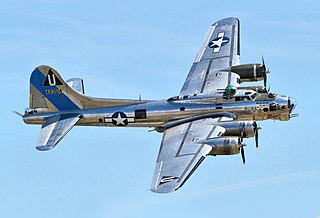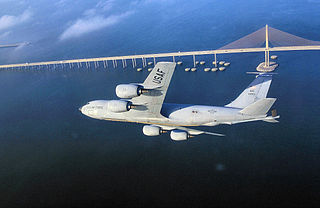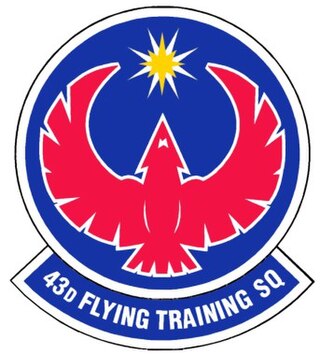This article includes a list of references, related reading, or external links, but its sources remain unclear because it lacks inline citations .(October 2018) |


This is a list of United States Army Air Forces B-17 Flying Fortress units of the United States Army Air Forces, including variants and other historical information. Heavy bomber training organizations primarily under II Bomber Command in the United States and non-combat units are not included.
Contents
- Combat Organizations
- Fifth Air Force
- Sixth Air Force
- Seventh/Thirteenth Air Force
- Eighth Air Force
- Twelfth/Fifteenth Air Force
- US Army, Middle East Air Force (USAMEAF)/Ninth Air Force
- References
The B-17 Flying Fortress was perhaps the most well-known American heavy bomber of the Second World War (1939/41-1945). It achieved a fame far beyond that of its more-numerous contemporary, the Consolidated B-24 Liberator. The first pre-production Y1B-17 Fortress was delivered to the 2d Bombardment Group, Langley Field, Virginia on 11 January 1936; the first production B-17B was delivered on 29 March 1939, also to the 2nd Bombardment Group. A total of 12,677 production Fortresses was built before production came to an end. In August 1944, the Boeing B-17 equipped no less than 33 overseas combat groups.
The last Boeing-built B-17G was delivered to the USAAF on 13 April 1945. Following the end of World War II, the Flying Fortress was rapidly withdrawn from USAAF service, being replaced by the B-29 Superfortress. Literally thousands of Fortresses used in combat in Europe by Eighth or Fifteenth Air Force or in the United States by II Bomber Command training units were flown to various disposal units. A few were sold to private owners, but the vast majority were cut up for scrap
Aircraft in the final early 1945 production manufacturing block by Boeing or Lockheed-Vega (Block 110) were converted to the B-17H search and rescue model, being modified to carry a lifeboat under the fuselage. Postwar B-17s were used by the Military Air Transport Service Air Rescue Service, in 1948 being re-designated SB-17G. Some RB-17Gs were also used by the MATS Air Photographic and Charting Service (APCS). A few SB-17s were used by the Air Rescue Service in Japan during the Korean War (1950–1953), but all of the postwar B-17s were retired from MATS by the mid-1950s, becoming Air Proving Ground Command QB-17 Drones or DB-17 Drone directors. The drones were operated primarily by the 3205th Drone Group, Eglin AFB, Florida.
The last operational USAF B-17 mission was on 6 August 1959, when DB-17P 44-83684 (Originally a Douglas/Long Beach B-17G-90-DL) directed QB-17G 44-83717 which was expended as a target for an AIM-4 Falcon air-to-air missile fired from an F-101 Voodoo, near Holloman AFB, New Mexico. 44-83684 arrived at Davis-Monthan AFB for storage a few days later. The few DB-17P remaining operational drone controllers remaining on Air Force rolls afterward were transferred to various museums in 1960.
















